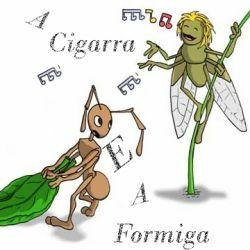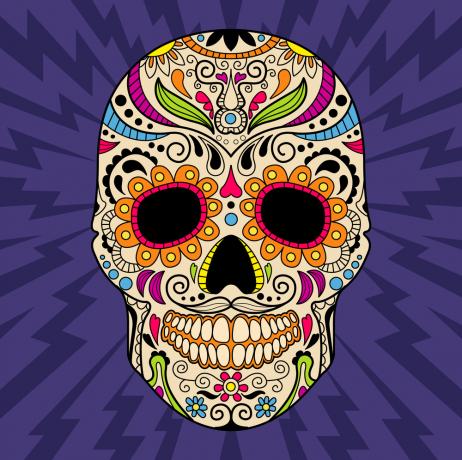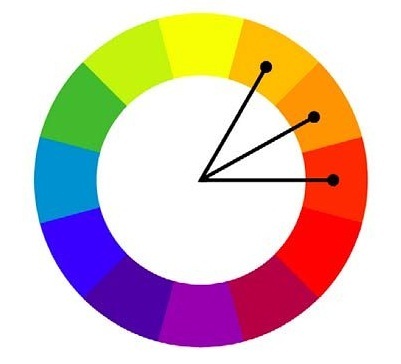 fable is a literary composition where the characters are animals that have human characteristics, such as speech, customs, etc. These stories are generally made for children and end with an instructive moral teaching.
fable is a literary composition where the characters are animals that have human characteristics, such as speech, customs, etc. These stories are generally made for children and end with an instructive moral teaching.
The fable is a short prose narrative or epic poem with a moralizing character, starring animals, plants or even inanimate objects. It usually contains a narrative part and a brief moralizing conclusion, where animals become examples for humans, suggesting a truth or reflection of a moral order.
The fable had its origins in the Orient, where there is a vast tradition, and then passed to Greece, where it was cultivated by Hesiod, Archilochus and above all Aesop. In this period, the genre still belonged to the oral tradition. It was the Romans, among whom Phedrus stands out, who inserted the fable into written literature.
Each animal symbolizes some aspect or quality of man, for example, the lion represents strength; the fox, the cunning; the ant, the work, is a narrative with a didactic basis.
When the characters are inanimate beings, forces of nature or objects, the narrative is called the apologia, which is different from the fable.
Fables are usually transmitted by parents, teachers, even politicians and public figures, and are found in books, plays, films, and in various other forms of communication.
In figurative meaning, the word fable can mean lie or farce. Ex: We're not dating anymore because I found out that everything she told me was just a fable.
best known fables
Some of the best known fables are: the cicada and the ant, the fox and the grapes, the hare, the tortoise and the lion and the mouse.
The most famous fable writers are Aesop, Phaedrus and La Fontaine. The latter created a masterpiece entitled "Fables", divided into 12 books, where the author uses agile and expressive language to masterfully analyze the soul and nature of human beings. Written in free verse and published between 1668 and 1694, the Fables contain a lucid and satirical critique of late-seventeenth-century society, but they can be applied today.
In Brazil, the best known fabulist is Monteiro Lobato, author of the fables "the owl and the eagle", "the horse and the donkey", "the crow and the peacock", among others.
read about narrative text.



